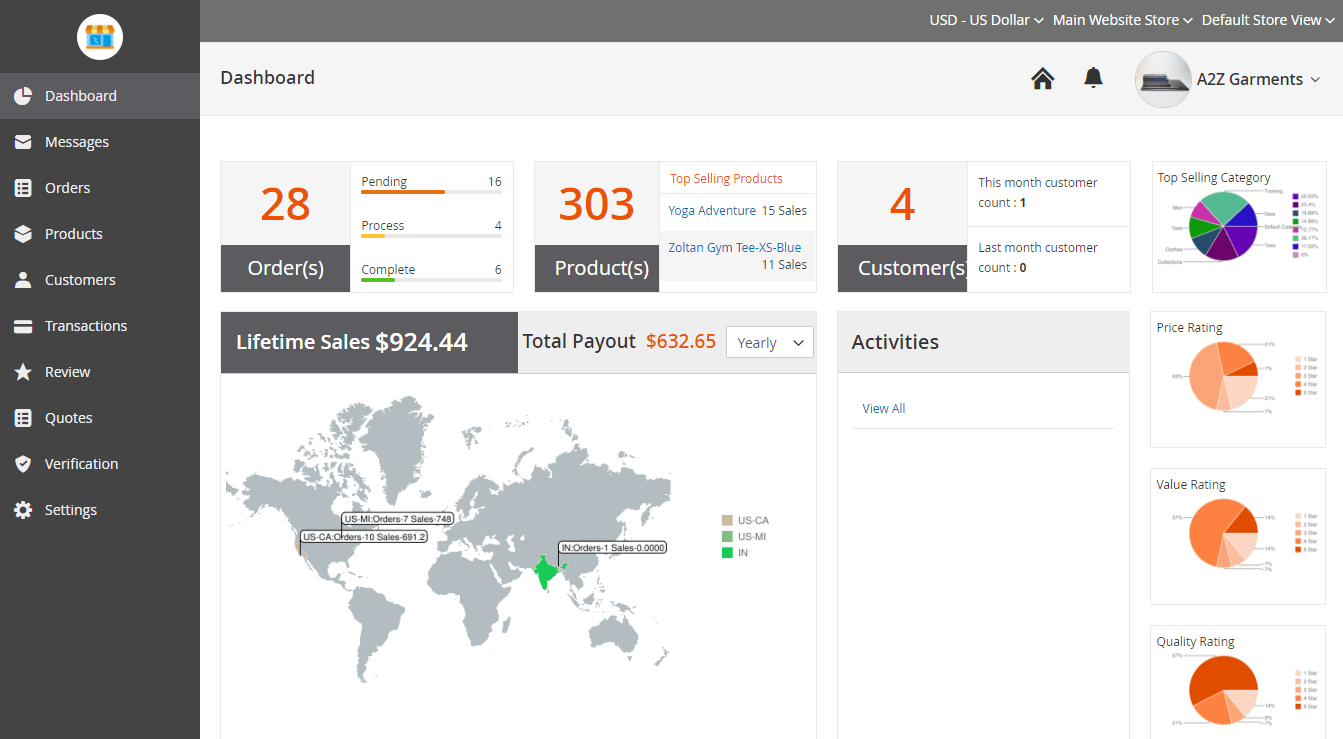With business getting complex in terms of added activity and new challenges, organizations need to think out of the box. The need of the hour is a technology revamp which can absorb this huge business expansion. This is where embedded product development is a must have for aspiring business houses. It is basically a life cycle of product innovation, through various implementation stages and methodical problem solving approach. In this era of micro processors, innovation through smart chip design is a must for organizations. This is where embedded systems are class apart from its predecessors, in terms of low power consumption, smaller scale architecture, and last but not the least it’s per unit running cost.
To run embedded system smoothly, it has to be well complemented with suitable platform. The entire developmental process is carried out by integration of complex business processes, focusing on specific equipment and as per the need. For better understanding of embedded product development, the entire cycle has been broken down into six different stages. Each stage is further sub categorized according to need. However, the three basic elements of the system are analysis, design, and final implementation. Embedded product systems have wide technological diversity, form “no user interface” to “illustrative graphical interface”. More advanced embedded systems have touch sensors for “touch screen”, functionality. Depending on the usage, embedded systems are subdivided into two basic categories. The first being “microprocessors”, which have exclusive integrated circuit boards to perform specific functions and the second is “microcontroller”, which are known to reduce cost with the help of chip peripherals.
Any embedded system product life cycle can be categorized into six major steps, which are to be followed for successful system delivery.
- Product description: It is important for the organization to choose a good technology partner, who has sound portfolio of past implementations. Once that is done, defining the product specification is carried out, according to the desired function of the same. This phase is important as it takes the stock of required components for product building.
- Component requirement planning-In this stage a detailed “Bill of Material” is prepared and target costing of the same is carried out. Component requirement analysis is very important as the same gives fair idea of the product. Better component planning means better space management, which will lead to a compact end product. Also, the components are segregated into hardware and software usage, to avoid any future confusion.
- Testing of product partition and component- It is a very important phase, as it is used to fine tune components by extensive testing of the same. Any fault or malfunction of components can be quickly detected and course correction measures taken accordingly.
- Layout of work flow pattern- After component testing and certified “OK” phase, it is important to lay down a work flow pattern of each component. Without a proper workflow design of the components, it becomes highly misleading and may suffer cost overrun, when the product starts to take shape.
- Integration of the hardware and software components- In continuation with the layout design of work flow, in the previous step, this step is marked by the conjunction of both hardware and software components. Care should be taken, so that no loose wires or soldering faults occurs. After, this step it is advisable to “test run” the product to check for desired running parameters.
- System up gradation- This is the end step of embedded system designing, which is marked by signing of annual maintenance contract. Also, system upgrade in terms of version change is provided to customer for efficient running of the product. Any customer distress call should be addressed immediately to avoid further escalation of the problem.
Embedded Product Development have found its usage in everything we use in our life, starting from machines which run for years without intervention, to anti braking system of our cars. Therefore, according to the usage pattern, embedded system architecture has to be chosen. Some of the common architecture are simple control loop, pre-emptive multitasking, interrupt controlled system, microkernel, and monolithic.















